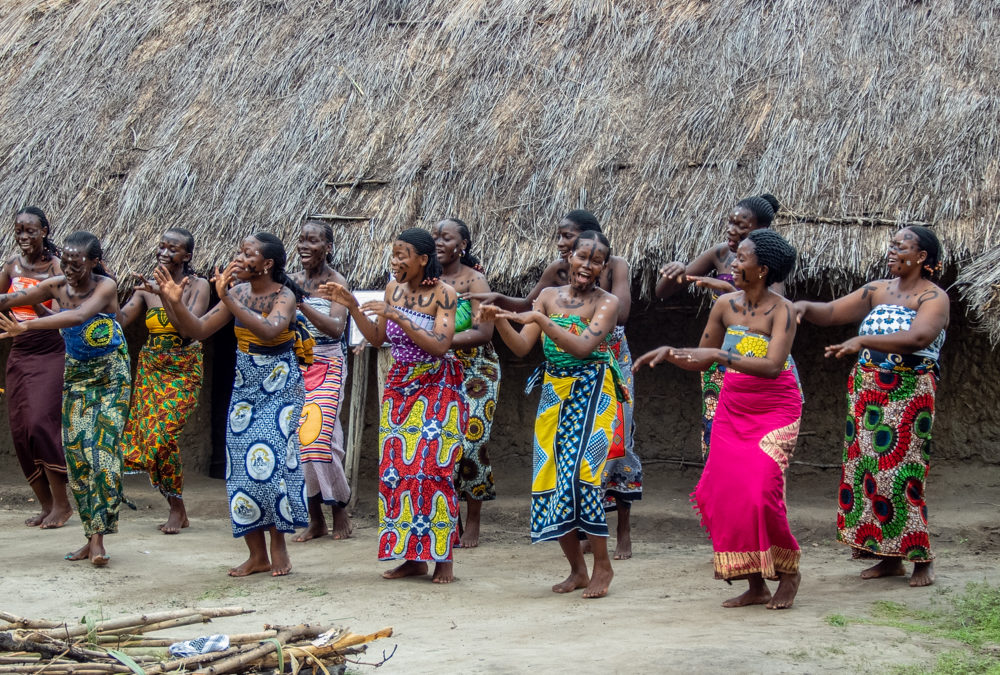Dar es Salaam means “haven of peace” in Arabic. As the largest city and commercial center of Tanzania I’m not sure I would characterize it as peaceful but it was certainly comfortable and commercial. Visits to the National Museum, Village Museum and the Kariakoo Market were on the top of our list as well as more leisurely and western-influenced areas like the cafes and shops along Oyster Bay known as Slipway.
We chose to use Dar es Salaam as our basepoint before and after the safari and a visit to Zanzibar. We used the time to visit the African Fabric Market, have a cooking class and visit the Tingatinga art market. Ultimately, we didn’t have enough time to truly explore while squeezing in laundry and supply trips.
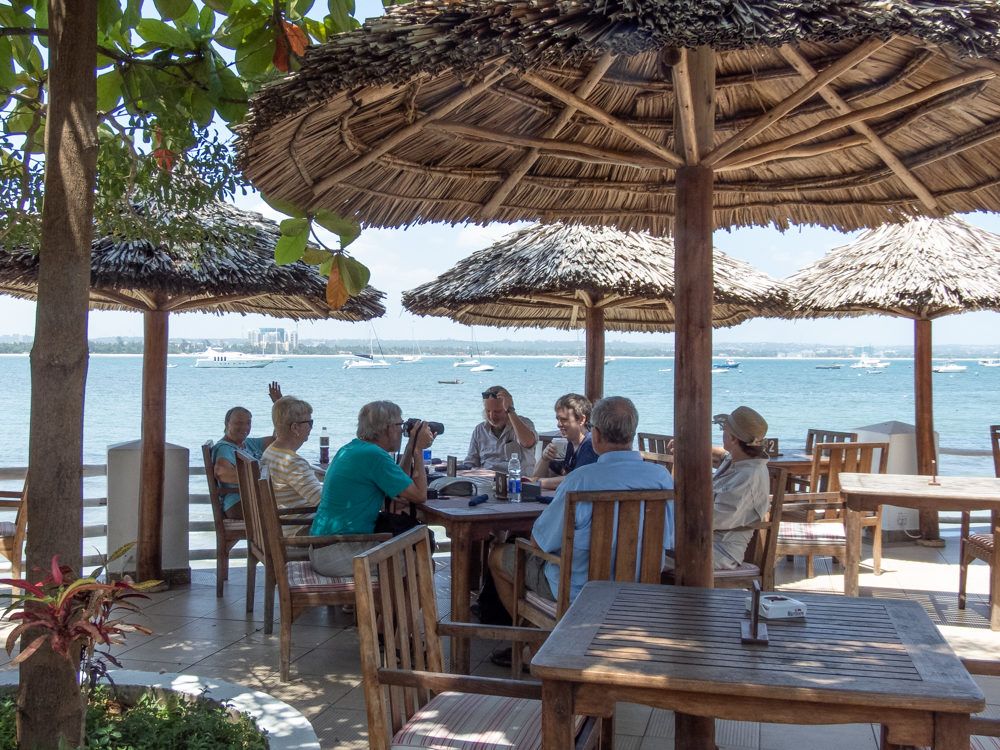
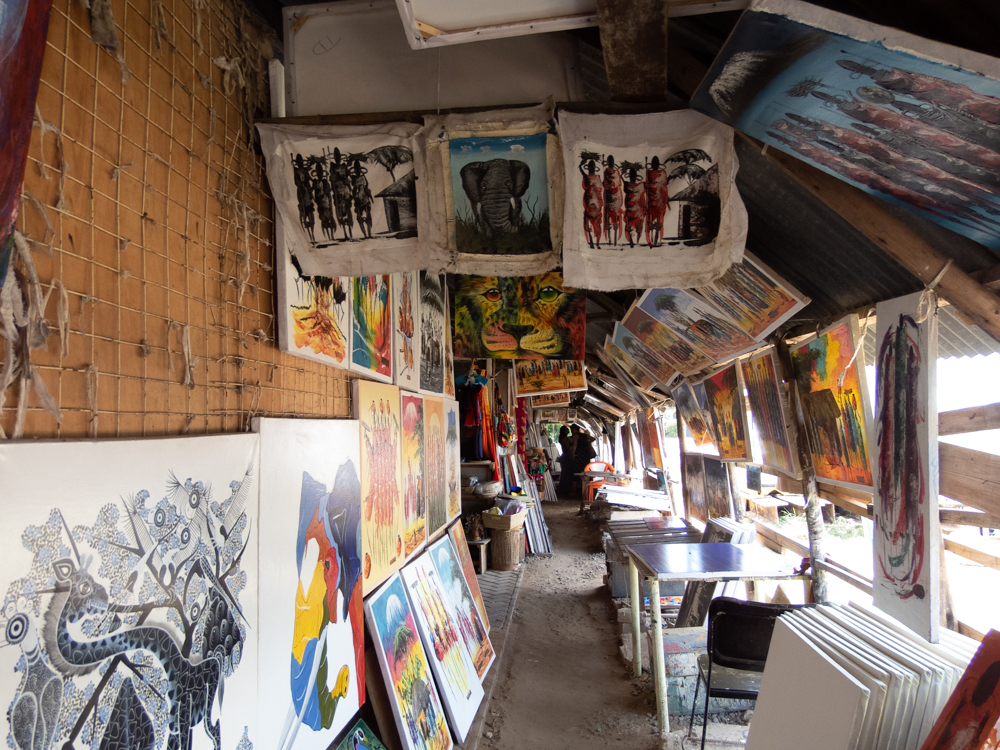

We took a day trip to the former German capital of Tanganyika, hub of the slave trade and the end point of the slave route from the interior, Bagamoyo is an older seaport 30 miles north of Dar es Salaam. With fourteenth century ruins, stone pens and a busy fishing village and a leisurely lunch, we had plenty of time to wander and explore without the excitement of the big city.
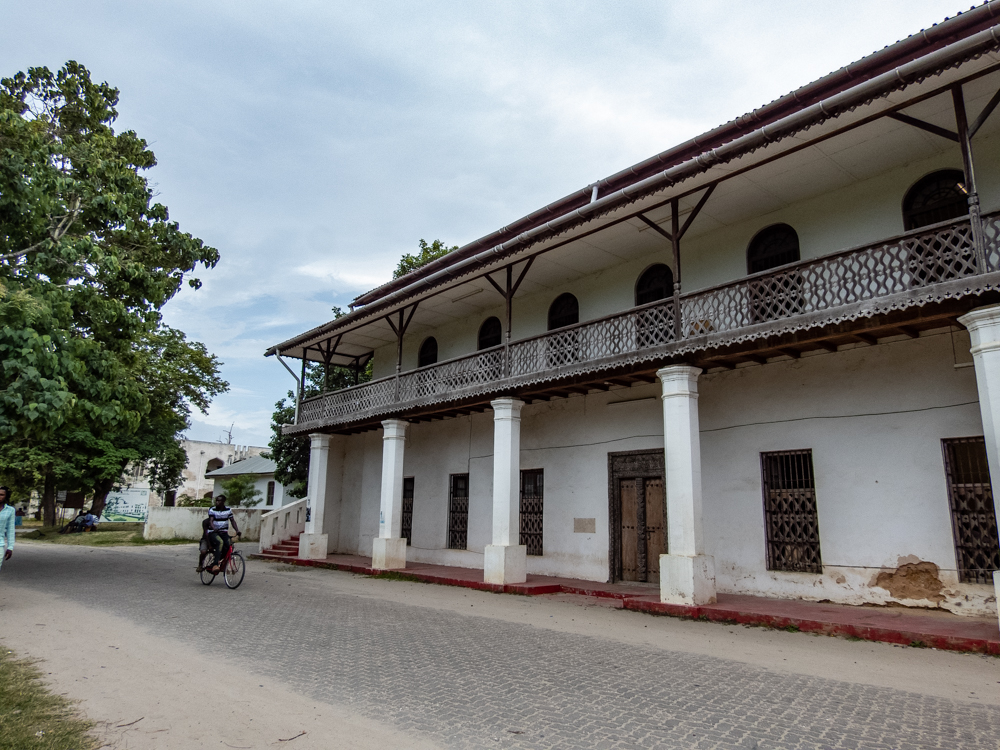
Spending two days in Zanzibar was a relaxing and distinctly different excursion. The island is renown as the home of 75% of the world’s cloves and an Arab architecture with narrow streets in historical Stone Town. Most famous recently for a visit to the Fordohani Night Market by Anthony Bourdain, this island was also on our list to discover. We couldn’t have found another day in our schedule but it surely would have been nice to spend at least one additional day exploring both the town and the islands. As it was we watched the dhow fishing fleet and come go at dawn and dusk from the beach, toured the town, Anglican Cathedral, Freddy Mercury’s home, the spice market and ate ourselves full at the night grill market.

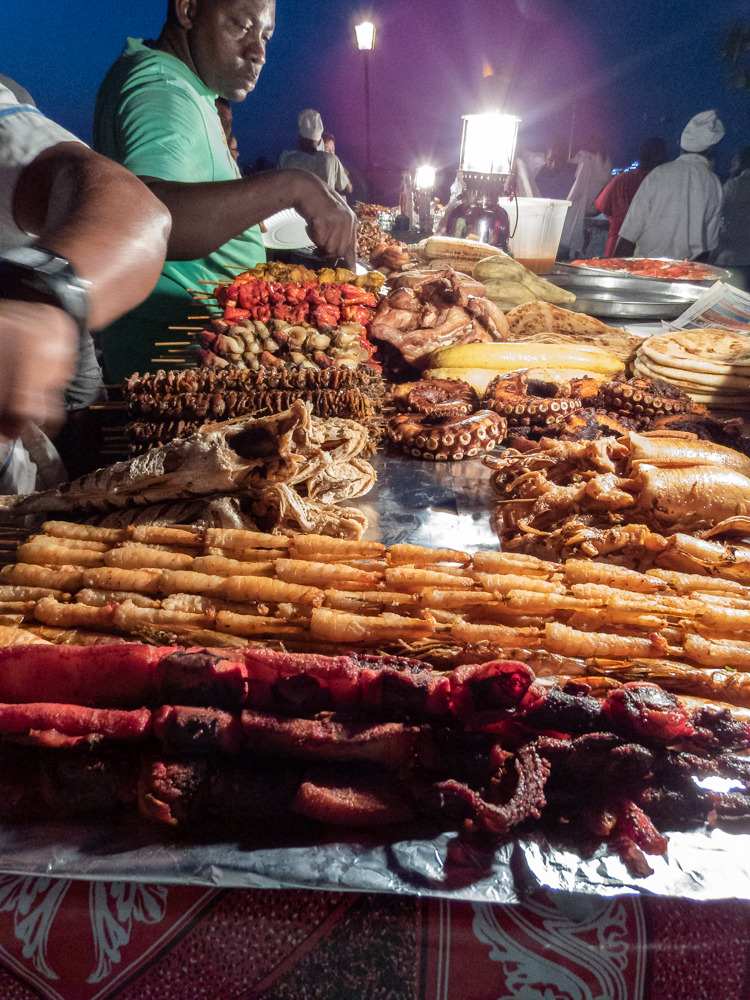
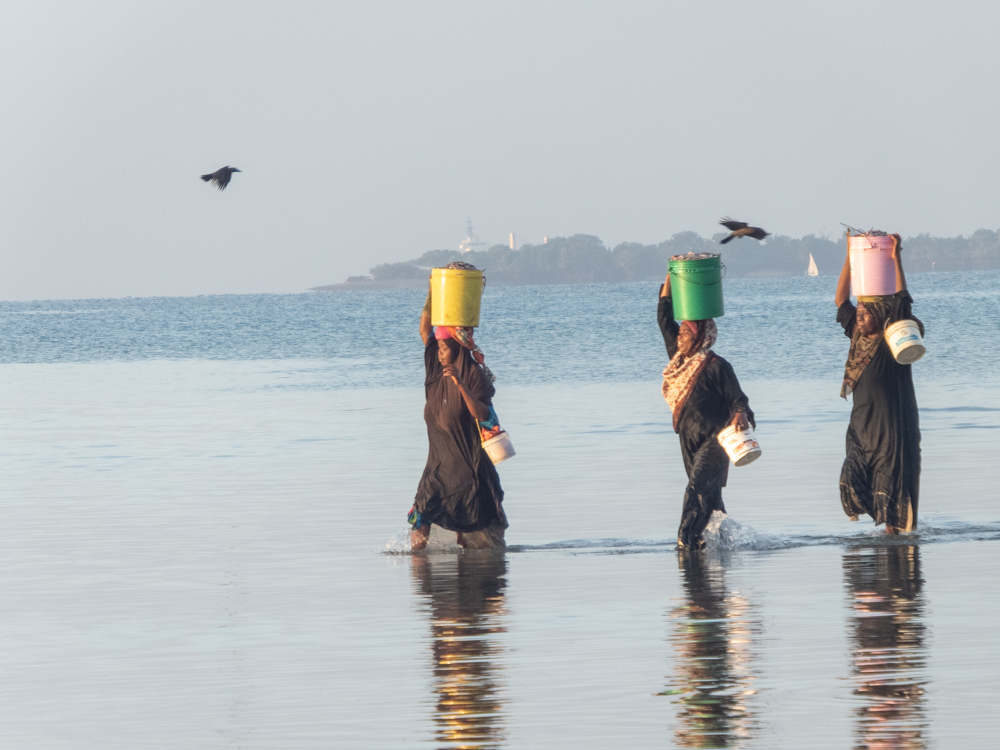

But, of course, our entire trip was intentionally designed to visit the best viewing areas for wild animals on the planet – the world’s largest intact volcanic caldera, Ngorongoro Crater; the most famous Serengeti National Park and the equally distinct Tarangire National Park. Nestled between Africa’s highest mountain (Kilimanjaro) and largest lake (Lake Victoria) the region is rich in soil and thriving herds of hundreds of species of birds and animals.
We had timed our trip for the end of nesting season, before the great migrations, and were rewarded with sights of babies of all sizes gaining strength before the long migration following fresh grazing as the dry season begins. The October-November rains had enriched the plains, plateau, semideserts and highlands for the nesting season leaving a sliver of late January/early February as the most likely time to see the harder species.
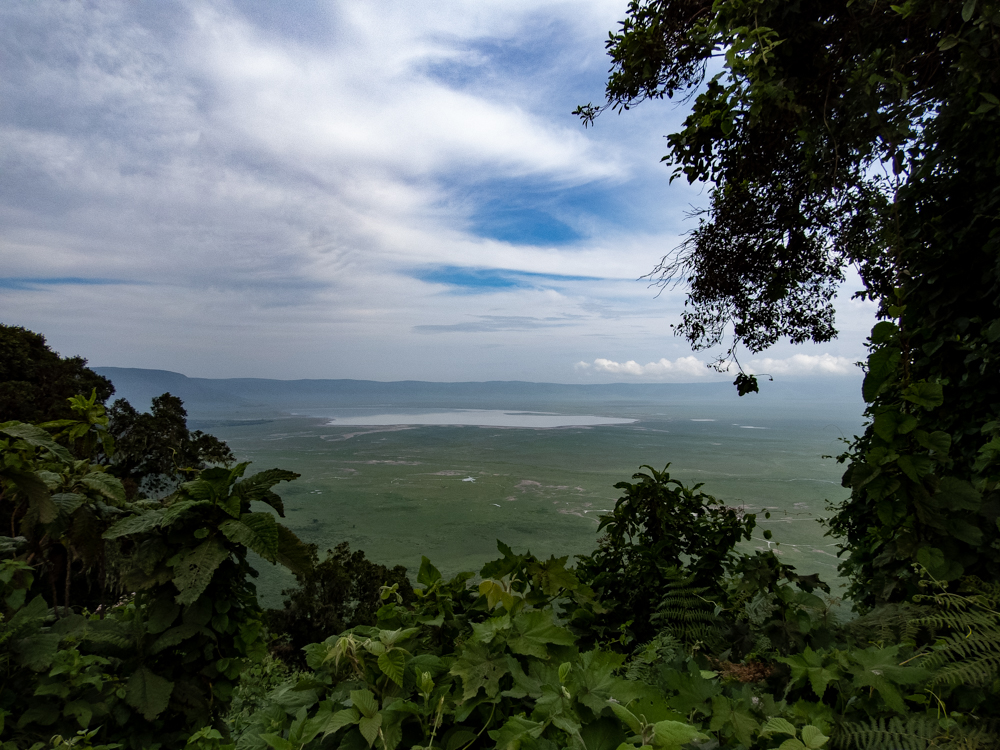
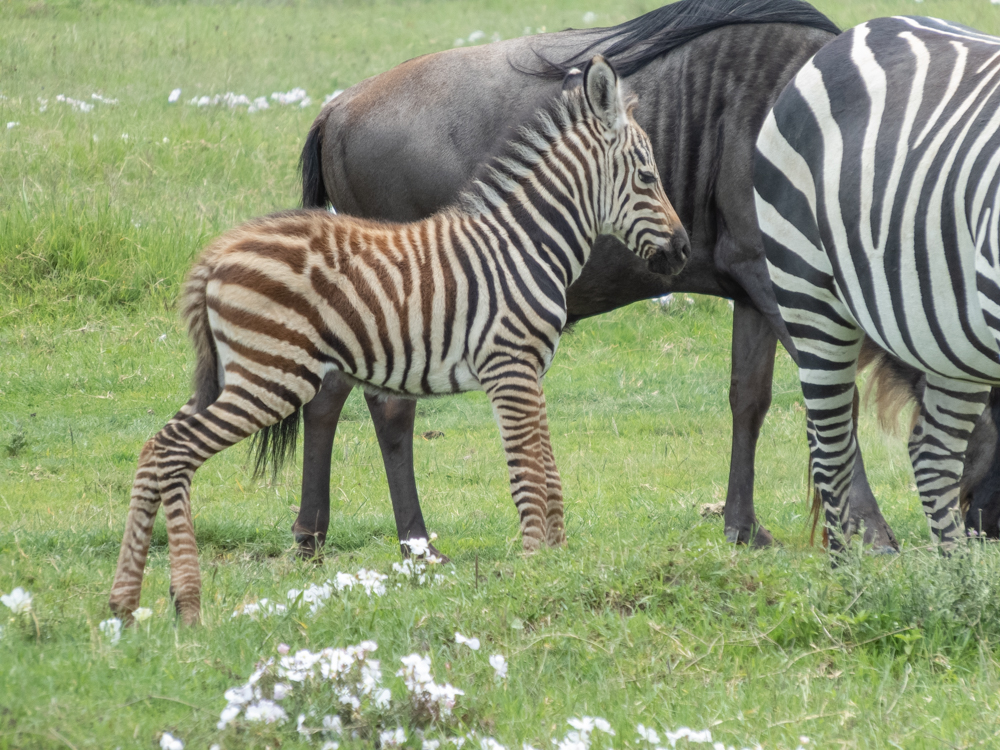
And we know we were highly successful with our goals. We logged 35 different species of animals and an equally surprising 34 different birds seen on our five-day safari. We tried new foods, danced with tribal musicians, tasted a variety of quality local beers, learned more than we expected, glamped and luxuriated in various lodging, and came back both refreshed with new perspectives and exhausted.
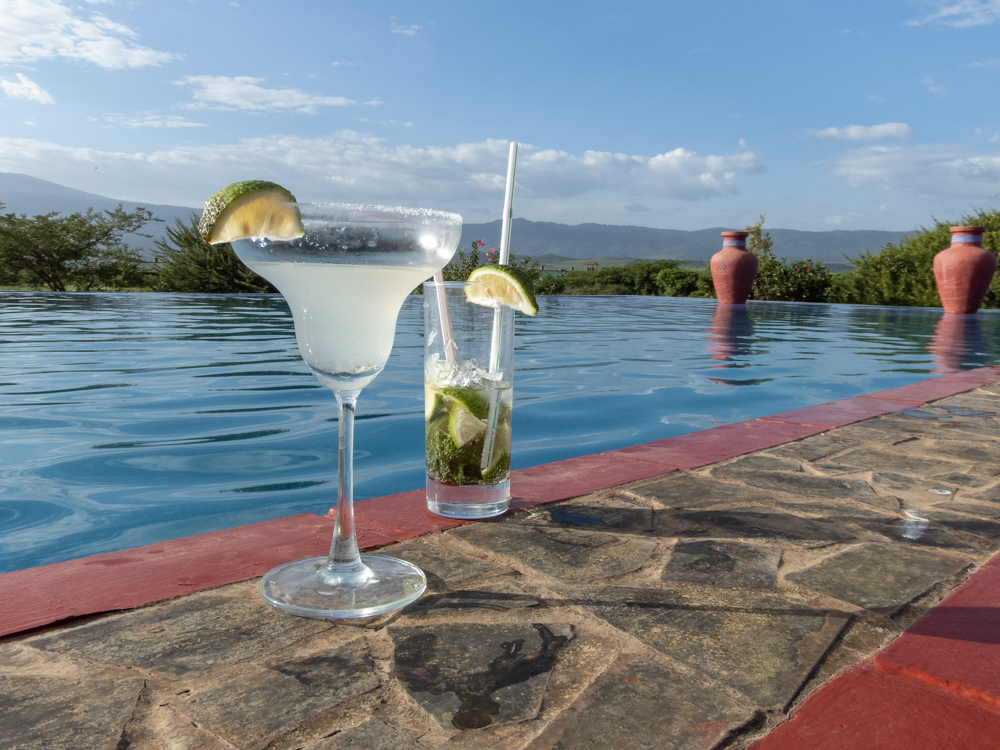
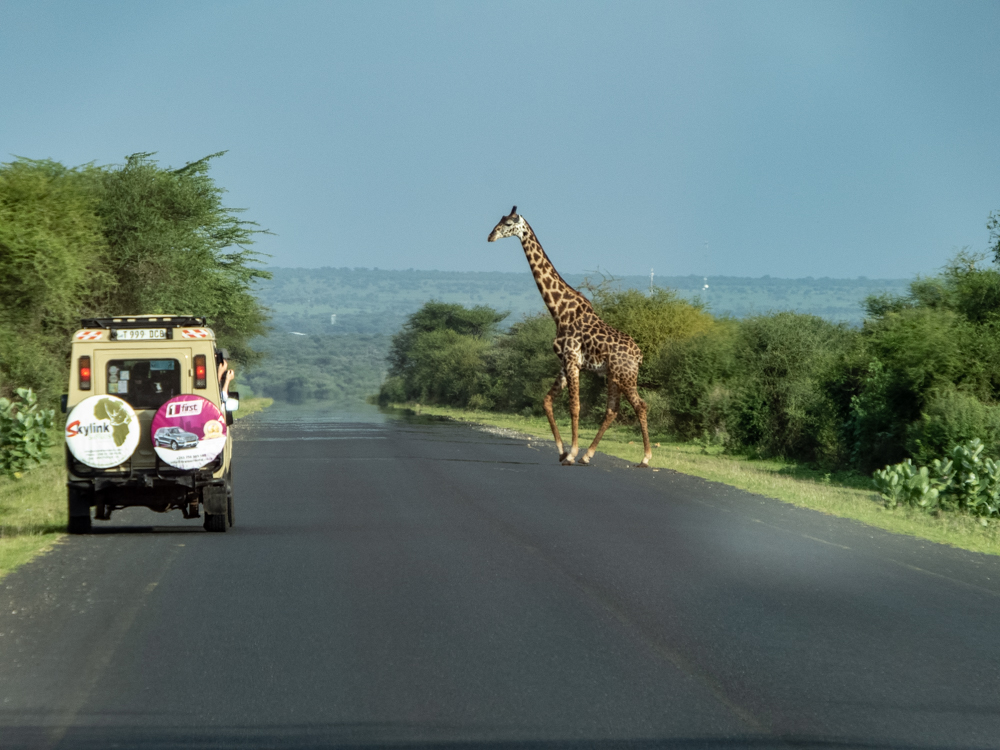
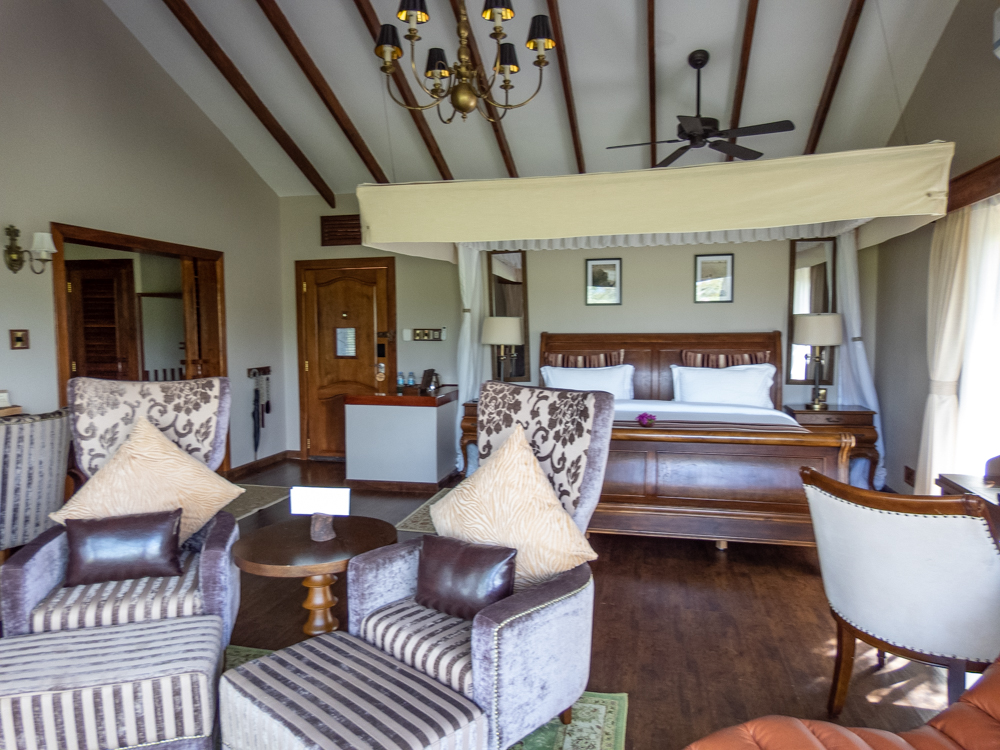
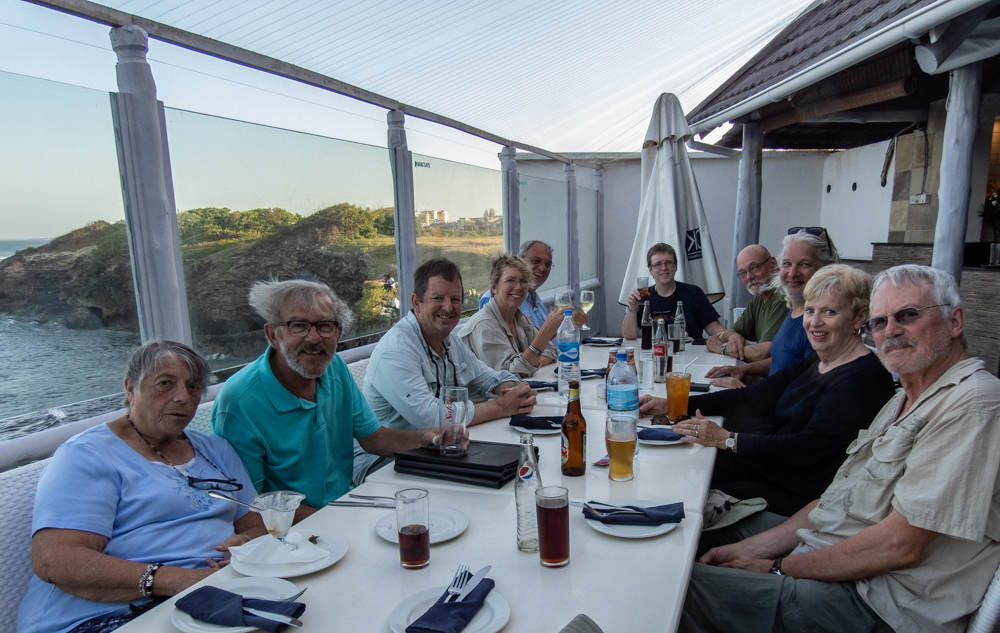
Official thanks to our wonderful traveling companions who graced us with laughter and commiserations for periodic challenges. Ranging in age from 50-75, we found modest discomfort worth the efforts and jointly appreciated the luxuries when we experienced them. Most importantly, we marveled at the wonders of nature and survival and pride of the people of Tanzania who welcomed us with open arms across the country. If you get a chance – GO.
For more details on the specifics of our travel arrangements, send us a note. We’re always happy to share information of the amazing professionals who assist our journeys. You can always find us at
“Focus on Travel with Sue Henderson” on Facebook or www.focusbyhenderson.com

